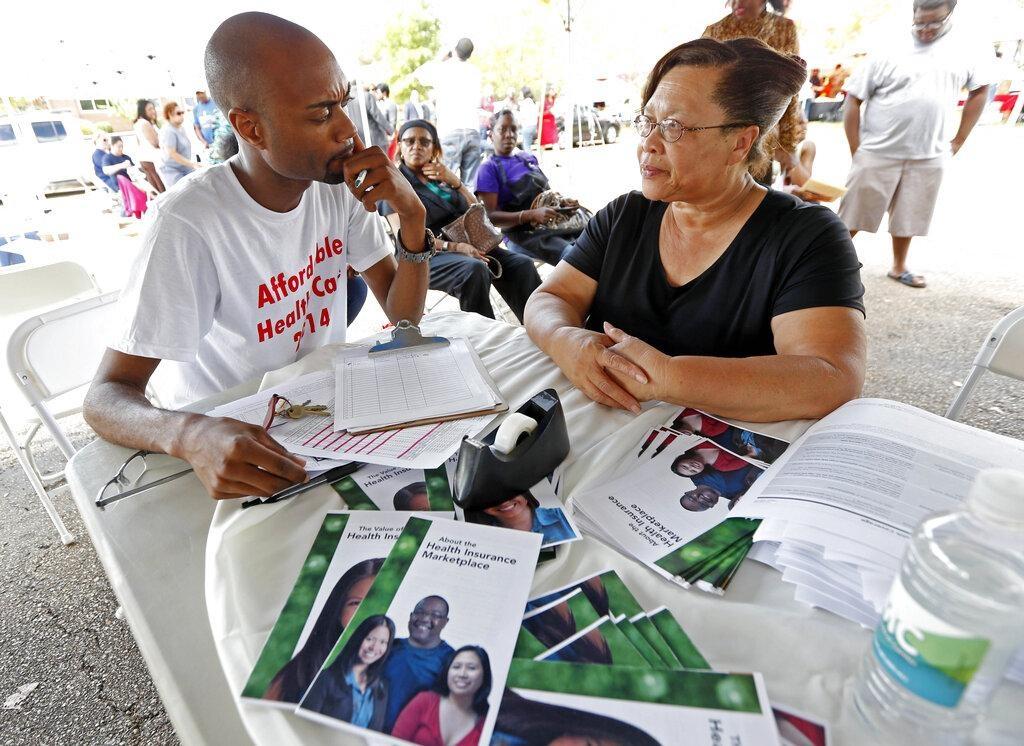Working Mississippians who can’t afford expenses and health insurance are busy enrolling in HealthCare.gov. It's a lifeline for Mississippians in need of coverage.
Eligibility expanded for HealthCare.gov., navigator says premiums are lower


Working Mississippians who can’t afford expenses and health insurance are busy enrolling in HealthCare.gov. It's a lifeline for Mississippians in need of coverage.

LISTEN HERE
Lottie Minor is project director with Oak Hill Regional Community Development Corp in Hernando. She says they have more than 50 navigators enrolling Mississippians in HealthCare.gov across the state, under the banner “Get Covered Mississippi.”
“We have the state divided into regions and so within each of those regions we have at least one navigator who handles multiple counties and they are available to work with consumers in person. Obviously we’re being as careful as possible because we’re still in a pandemic,” Minor said.
The Kaiser Family Foundation reports in 2018, more than 350,000 Mississippians were uninsured. Minor says under the Biden Administration the income guidelines for HealthCare.gov have been expanded.
“When you put your numbers in the electronic formula that’s going on to calculate what subsidies the person qualifies for that has been altered in such a way that more people qualify for the subsidy,” Minor said.
In Mississippi, Minor says 99 percent of people are eligible for subsidies, which reduces their premiums. Four years ago Barbara Davis of Jackson, a private school teacher’s assistant says she was sick all the time. The 61-year old enrolled in HealthCare.gov and learned she had asthma. The first year her premiums were 63 cents, now Davis says it’s zero.
“My medicine is covered. My inhalers run like $400 or $500. My asthma doctor I pay $5. My regular primary doctor I only pay $3. It’s truly a blessing for me,” Davis said.
The state insurance department reports last year more than 100,000 Mississippians signed-up for HealthCare.gov. Enrollment began November 1 and continues through January 15. Coverage begins January 1, 2022 for those who enroll by December 15. For those who enroll by January 15, coverage starts February 1.